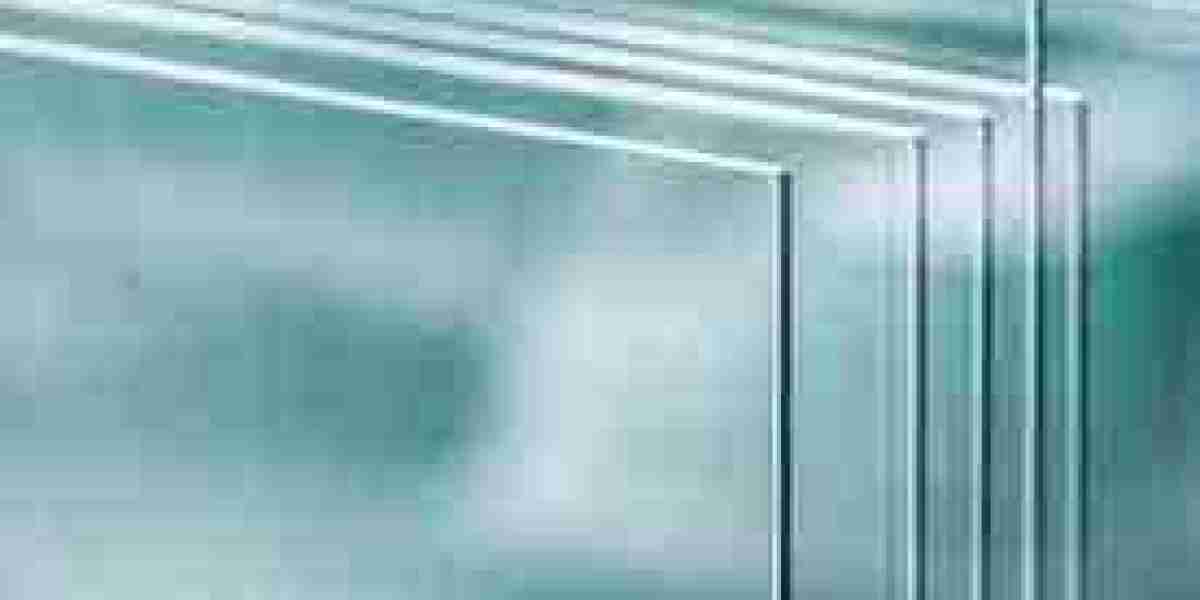Introduction
The global flat glass market has been experiencing steady growth due to increasing demand in construction, automotive, and solar energy industries. However, this growth is accompanied by significant challenges and threats that can hinder market expansion and profitability. This article explores key threats affecting the flat glass industry, including raw material price volatility, environmental regulations, supply chain disruptions, market competition, and technological advancements.
1. Raw Material Price Volatility
One of the most pressing challenges facing the flat glass market is the fluctuating cost of raw materials. Key raw materials for flat glass production include silica sand, soda ash, limestone, and various chemicals. The prices of these materials are highly influenced by global supply-demand dynamics, geopolitical factors, and mining regulations.
For example, disruptions in silica sand supply due to stringent environmental regulations or mining restrictions can lead to price surges, directly impacting the production cost of flat glass. Similarly, soda ash, a crucial ingredient in glassmaking, has witnessed price fluctuations due to energy-intensive production processes and global trade barriers.
2. Stringent Environmental Regulations
The flat glass manufacturing process is energy-intensive and contributes to carbon emissions. Many governments worldwide have imposed stringent environmental regulations to curb industrial emissions and encourage sustainable practices. Compliance with these regulations can be costly for manufacturers, requiring them to invest in cleaner production technologies and pollution control measures.
Additionally, waste management and recycling mandates require glass manufacturers to adopt eco-friendly disposal and reuse practices, further adding to operational costs. Companies failing to comply with these regulations risk facing legal actions, fines, and reputational damage.
3. Supply Chain Disruptions
Supply chain disruptions have emerged as a major threat to the flat glass market, especially following the COVID-19 pandemic. Lockdowns, trade restrictions, and labor shortages have caused delays in raw material procurement, manufacturing, and distribution.
Furthermore, geopolitical tensions, such as trade wars between major economies like the U.S. and China, have resulted in tariffs and restrictions on the import and export of raw materials and finished glass products. Transportation costs have also escalated due to rising fuel prices and logistics constraints, further pressuring profit margins.
4. Intense Market Competition
The flat glass market is highly competitive, with numerous global and regional players striving to capture market share. Companies face intense price competition, making it difficult to maintain profit margins. Large multinational firms dominate the industry, benefiting from economies of scale, advanced technologies, and extensive distribution networks, while smaller players struggle to compete.
Moreover, the rise of low-cost manufacturers in countries like China and India has intensified competition. These companies can produce glass at lower costs due to cheaper labor and government subsidies, forcing established manufacturers to lower prices or risk losing market share.
5. Technological Disruptions and Substitutes
While technological advancements in glass manufacturing offer opportunities, they also pose threats. Innovations in alternative materials, such as high-performance plastics and advanced composites, are reducing the demand for traditional flat glass in certain applications. For example, lightweight and shatter-resistant polycarbonate materials are increasingly being used in automotive and construction industries as substitutes for conventional glass.
Furthermore, the emergence of smart glass and energy-efficient glass technologies is reshaping consumer preferences. Companies that fail to invest in research and development (R&D) risk falling behind competitors who offer superior products with advanced functionalities like self-tinting, insulation, and UV protection.
6. Economic Slowdowns and Market Demand Fluctuations
Economic downturns and fluctuations in market demand significantly impact the flat glass industry. Since a large portion of flat glass demand comes from the construction and automotive sectors, a slowdown in these industries can lead to decreased sales and revenue losses for glass manufacturers.
For instance, during periods of economic recession, construction activities often decline due to reduced investments in real estate and infrastructure projects. Similarly, declining automotive sales during financial crises reduce the demand for automotive glass. Global inflation and interest rate hikes also influence consumer spending, affecting the growth trajectory of the flat glass market.
7. Energy Cost Escalation
Energy consumption is a critical component of glass manufacturing, as the production process requires high temperatures for melting raw materials. Rising energy costs, driven by increasing fuel prices and shifting energy policies, have posed a significant threat to manufacturers.
Additionally, the push towards renewable energy sources, while beneficial in the long term, may require companies to transition to alternative energy solutions, demanding additional capital investment. Sudden energy shortages or price hikes can drastically affect production efficiency and profitability.
Conclusion
Despite its promising growth potential, the flat glass market faces several threats that manufacturers must navigate to remain competitive. Raw material price fluctuations, stringent environmental regulations, supply chain disruptions, intense competition, technological disruptions, economic slowdowns, and rising energy costs all pose significant challenges.
To mitigate these risks, companies must adopt sustainable and cost-efficient production processes, invest in research and development, diversify supply chains, and explore strategic partnerships. By proactively addressing these challenges, the flat glass industry can continue to evolve and thrive in an increasingly complex global market.




